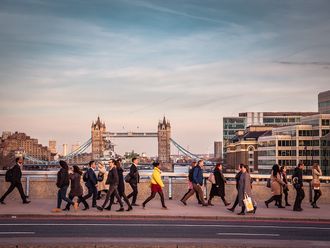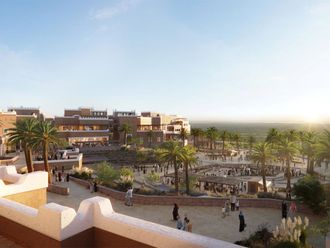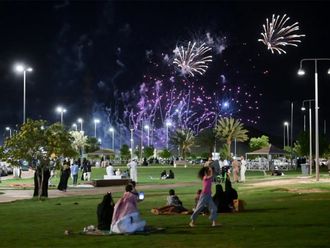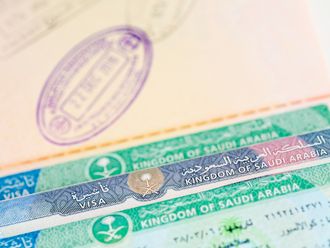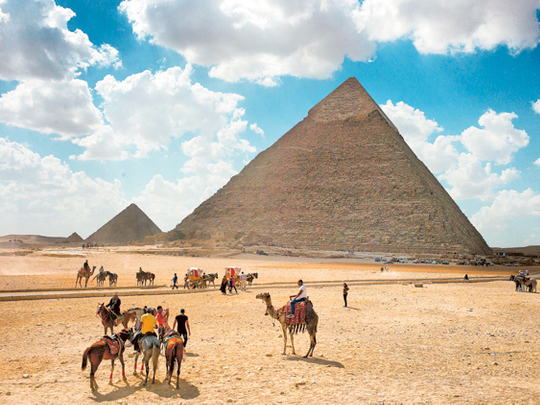
Dubai: Outbound travel from the UAE to Egypt is rising slightly as holidaymakers feel a little more safe about visiting the destination that has been mired in conflict the last few years, according to industry experts.
Egypt’s tourism industry has waned after its revolution erupted on January 25, 2011, with anti-government protests having had scared visitors away.
In a bid to revive its ailing tourism industry, in May this year, Egypt’s Ministry of Tourism launched an ad campaign called “We miss you” to lure back visitors from the Gulf. The video features shopping malls, luxury hotels and dancers.
There has been a revival in visitor numbers in certain markets this year. The number of UAE tourists in Egypt grew by 35 per cent to 10,250 during the first five months of the year, according to statistics from the Egyptian Tourism Authority. However, overall visitor numbers decreased by 26.2 per cent.
“The situation had been really bad. In 2010, Egypt used to be one of the destinations that were high in demand for leisure customers and incentive groups. At one point, it was also a wedding destination,” said Kulwant Singh, managing director of Lama Tours, a tour operator.
Singh said that when protests erupted in the country, airline bookings by leisure and business travellers started to decline.
Political unrest
But by late 2012, booking numbers started to “pick up”, with the majority made by leisure travellers, he said. The growth, however, is still small.
Egypt accounted for 10-12 per cent of Lama Tours’ outbound business in the years before the political unrest, but now it makes up 1-2 per cent, he said.
Manu Mehrotra, general manager at Al Travel Agency, said that in general, airline bookings for Egypt have risen 5-10 per cent this year compared to 2013.
Similarly, Singh said the slight rise in airline bookings has continued this year.
After a slight recovery in 2012, the industry took another hit when several people were killed after the Egyptian army overthrew ousted President Mohammad Mursi in July 2013 following protests against him.
The country’s tourism revenue plummeted by 41 per cent to $5.9 billion (Dh21.6 billion) in 2013 over 2012.
According to a report by hospitality consultancy, HVS, hotel occupancy levels in Sharm Al Shaikh have dropped from 79 per cent in 2010 to 56 per cent in 2013, while average daily rate (ADR) fell by around 30 per cent during this period.
In Cairo, however, revenue per available room (RevPAR — an industry benchmark for performance) was 55 per cent lower in 2013 than it was over 2009-2010, according to HVS estimates.
Meanwhile, Europe has traditionally been Egypt’s largest source market, with a share of over 70 per cent. However, in May this year, European visitor numbers dropped to 590,000 from 684,000 during the same time a year ago.
Safer destination
Sharm Al Shaikh hotels saw occupancy rates drop 9 per cent to 59.7 per cent during June over the corresponding time a year ago, while in Cairo, occupancy edged down 1.3 per cent to 49.6 per cent, according to the June HotStats report. ADR of hotels in Sharm Al Shaikh fell 9 per cent to $41.
“June typically generates strong demand from leisure tourists and charters across the CIS region and Europe, however, the travel bans imposed by many European countries during the year diverted visitors to safer holiday destinations. Hoteliers were forced to lower the average rates for leisure visitors and tour groups by 18.1 per cent and 15 per cent, respectively, during the first half of the year,” stated Peter Goddard, managing director of TRI Hospitality Consulting, in the HotStats report.
In Cairo, though, ADR was up 5.5 per cent to $116.
In general, hotels in Egypt recorded a 4 per cent drop in their occupancy levels to 53 per cent in June over the same period in 2013, data by research firm STR Global showed. However, ADR was up 8 per cent to EGP492, and as a result, RevPAR rose 4 per cent to EGP261.


